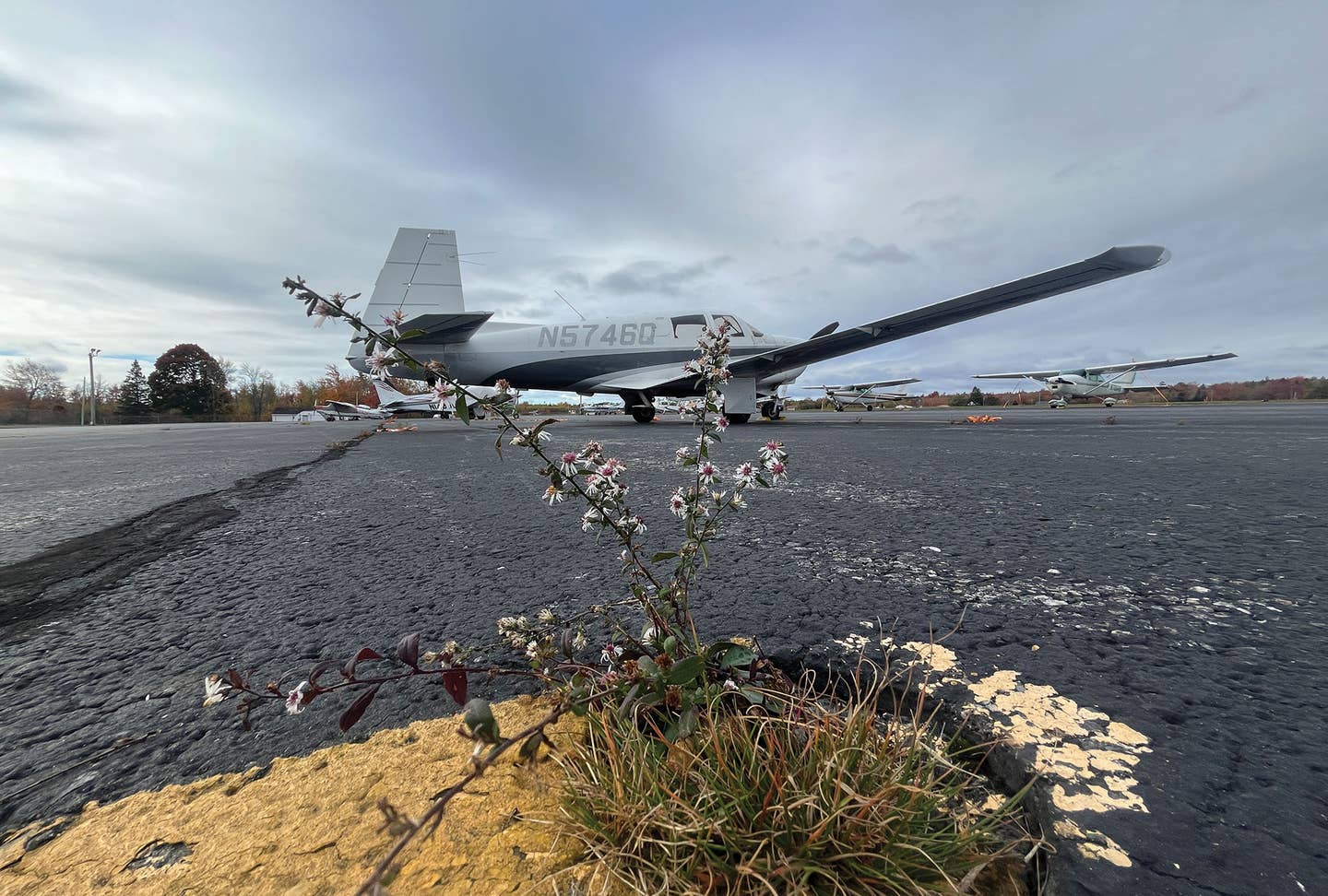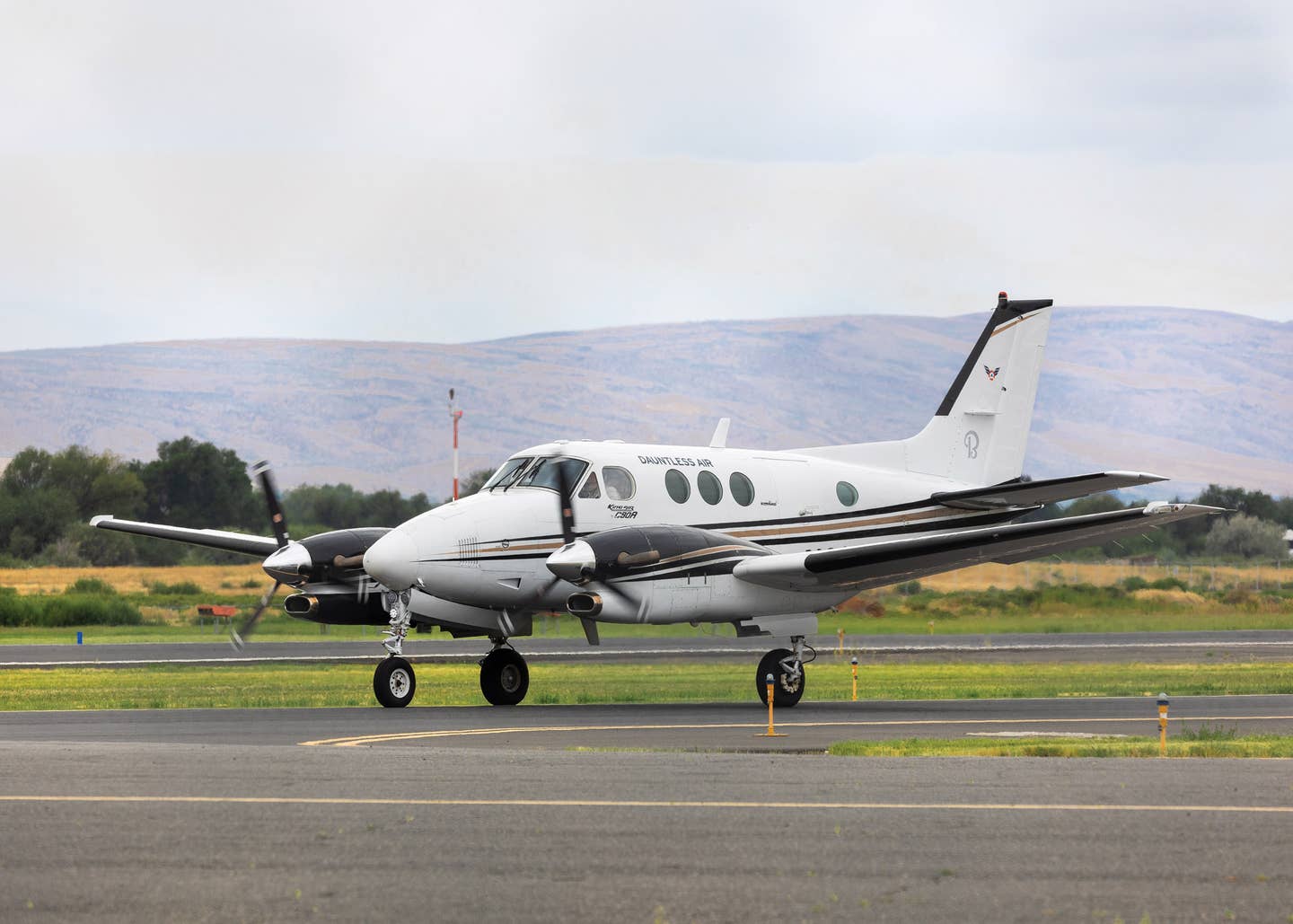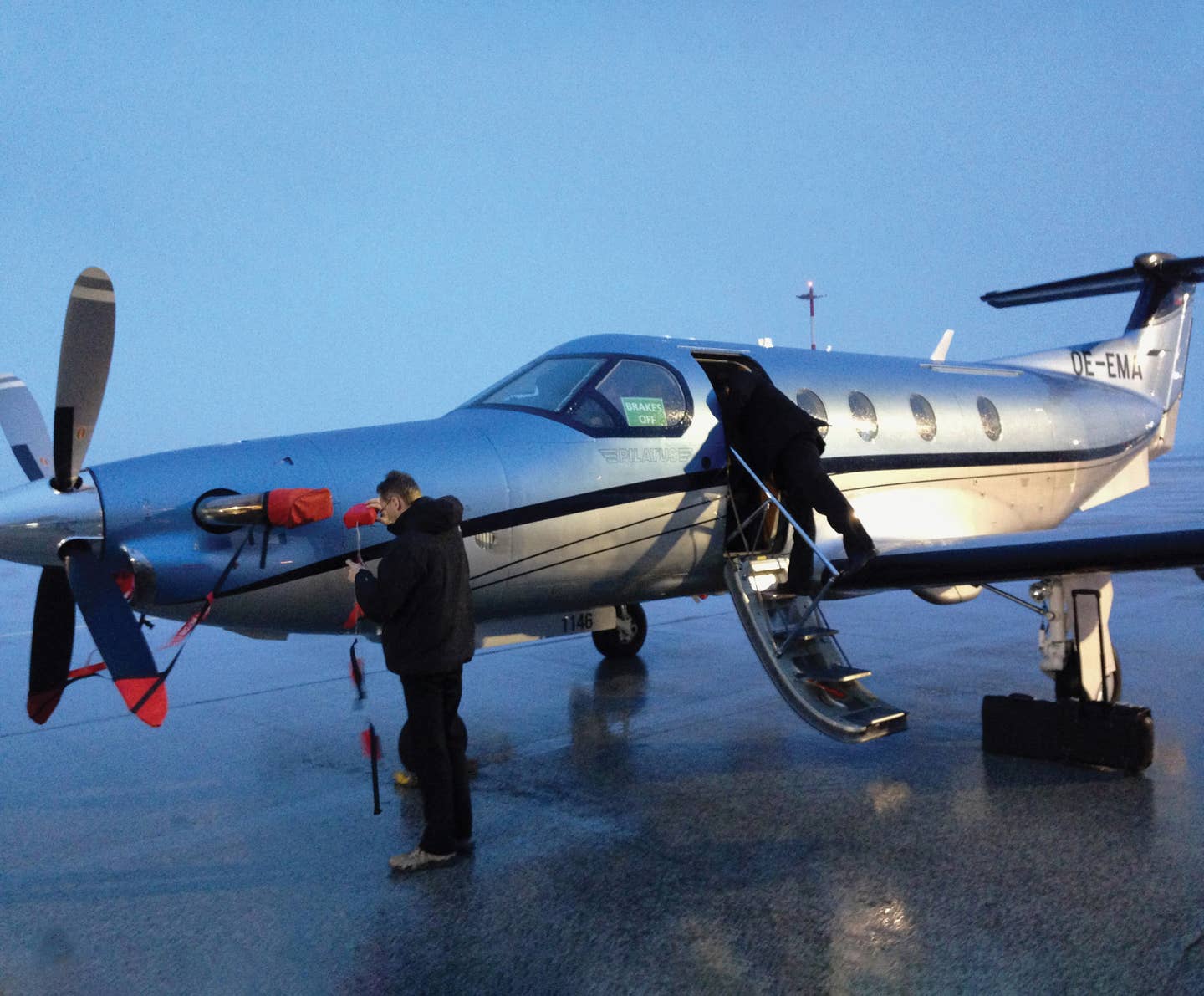How Cirrus Jet Grounding Is Part Of 737 Max Story
The move by the FAA is aggressive and precisely the right thing to do. Here’s why it happened.
The move by the FAA to ground the Cirrus SF50 Vision Jet in the wake of reports of automation anomalies related to a faulty angle of attack (AOA) sensor came as a shock to those of us who've flown the plane. It was also impossible not to compare this new story about an automation failure with that of the Boeing 737 Max, which has suffered two catastrophic accidents, both of which are thought to be related to a automatic stability augmentation system known as MCAS, which relies in part on AOA data to determine whether to automatically adjust the trim to keep the plane within a stable flight envelope.
Subscribe today to Plane & Pilot magazine for industry news, reviews and much more delivered straight to you!
While these are very different stories in a few ways, the similarities are striking and informative. Here's why.
For starters, let me say that I've got around ten hours in the left seat of the SF50, and for every bit of it, the automation was as smooth as silk. But the theory is that a faulty angle of attack (AOA) sensor manufactured by a Florida firm Aerosonic had tricked the single-engine jet's envelope protection system, known as Electronic Stability and Protection (ESP), into thinking the plane was at risk of going out of control, thereby activating ESP, along with the stall warning and protection system (SWPS). In fact, the FAA in conjunction with the plane and sensor and avionics manufacturers has already pinpointed the cause and seems to know precisely why the AOA instrument malfunctioned.
It's important, too, to highlight the differences between Boeing's reaction to issues with its new model and Cirrus Aircraft's. While Boeing insisted for months that there was no problem, it was at the same time privately investigating how to fix the problem. In contrast, Cirrus not only admitted the issue right away but brought it to the attention of the FAA and then worked with the agency to take the next appropriate steps.
The explanation for the failure of the AOA instruments, on the other hand, features one of the most tortured phrases I've read. The malfunction, the report reads, was caused by a "quality escape." If I might translate, that means that somebody screwed it up. In this case, the agency thinks some literal screws in the AOA assembly were incorrectly torqued and installed. Perhaps the assembly personnel were as well.
So the announcement by the FAA with full support from the manufacturer was a welcome development on the heels of the agency's mismanagement of the Boeing 737 Max fiasco in which the entire world seemed to figure out the plane needed to be grounded before the FAA did. As you doubtless know, the agency's failure to ground the plane persisted for months after the Lion Air tragedy in late October and showed every sign of continuing even past the tragic crash of Ethiopian Airlines Flight 302 in early March. It might still be flying here in the United States had the executive branch not stepped in and forced the grounding of the plane. It's still grounded, by the way. And the FAA's work in re-certifying the Max is being overseen by regulators from other transportation segments, which has to be humiliating for the FAA, which is also being investigated for its actions and inactions leading up to the Max crashes.
But in this case, the FAA got it right.
I'd like to point out another big difference between these two crashes. For starters, the AOA sensor and the avionics are made by different companies than the 737 Max systems. The training for the Cirrus Jet, moreover, is better and the design of the avionics and flight control systems is simpler and simply superior to that of the Boeing.
As I've written before, one of the big reasons that Boeing didn't include specific mention of the new MCAS system in the training manuals or require any simulator differences training for pilots moving up to the Max from previous versions of the 737 was that providing that training costs money that Boeing's customers would rather not spend. That additional training, as it turns out, looks as though it could have saved hundreds of innocent lives lost in the two 737 Max crashes.
In this case, and I don't think it's an isolated incident, a global mega corporation famous for its jumbo jets could learn some important lessons from the makers of the world's smallest production jet.
In the case of the Cirrus Jet automation malfunction, that training was in place. In three instances with the Cirrus Vision Jet, faulty AOA readings caused the plane's ESP and SWP systems to automatically maneuver the plane through autopilot flight path corrections and stick shaker and stick pusher activation, even though the plane was in a normal flight condition. In each case, the pilots were able to recover without threat to the safety of flight even though each failure presented itself somewhat differently.
Despite my not having been through the SF50 type-rating course, required to operate as pilot in command of the small jet, I knew immediately what I would have done to prevent loss of control. You just press and hold the big red autopilot disconnect button on the sidestick control. And magically you're flying the plane by hand. It's simple, intuitive and foolproof.
It's how the 737 Max should have been designed.
Cirrus says that the action affects 99 of its jets and is working with customers to get the angle of attack sensors replaced as soon as possible. The FAA has granted permission to owners of affected SF50s, which is all of them, to ferry the planes to a nearby authorized maintenance facility to have the work done.
Plane & Pilot reached out via email to both Garmin and Cirrus representatives for comment on the story but did not hear back from them immediately.

Subscribe to Our Newsletter
Get the latest Plane & Pilot Magazine stories delivered directly to your inbox






